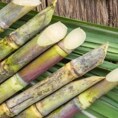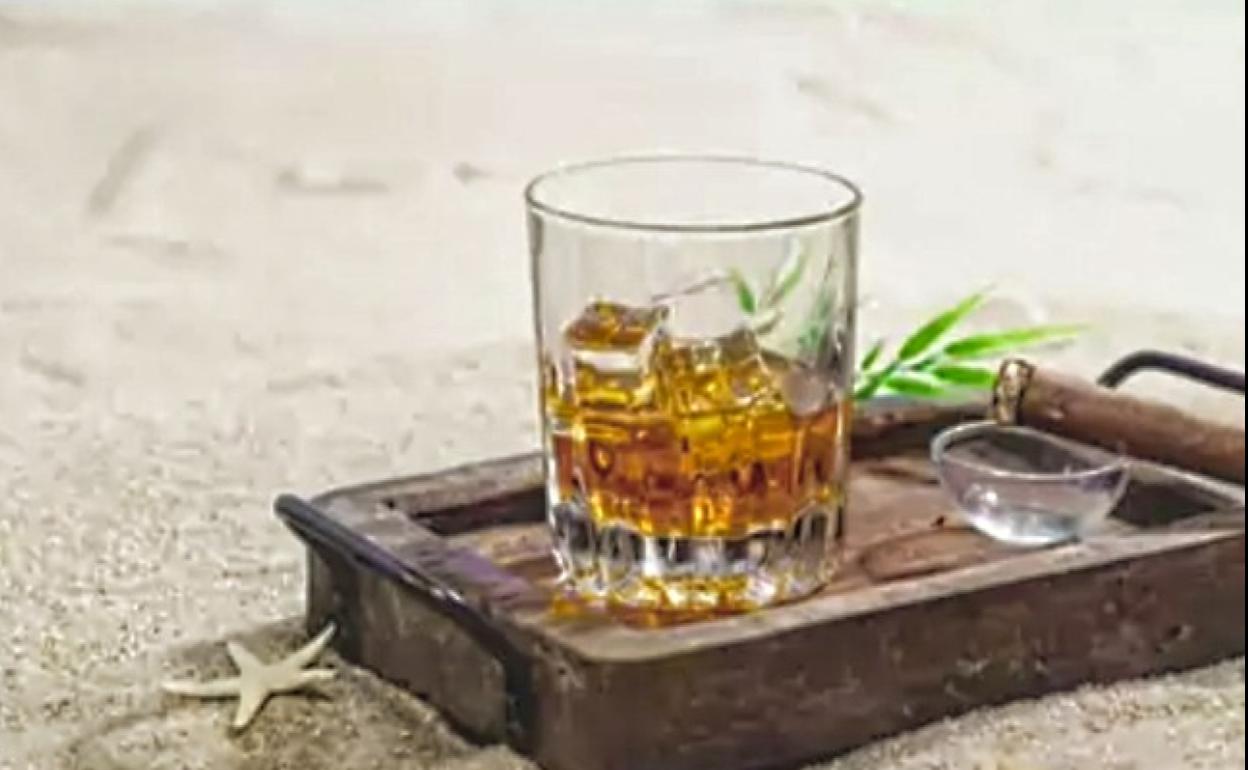Celebrate World Rum Day on the Costa
Andalucía once had large plantations of sugarcane, the raw product used for making rum
ALEKK M. SAANDERS
Friday, 8 July 2022, 11:01
The annual, global celebration of rum, World Rum Day, falls on the second Saturday of July each year. The celebration was launched in 2019 by an Englishman, Paul Jackson - the editor of World Rum Guide, rum expert and spirits writer. Rum, or a rum and coke, is one of the most popular drinks on the Costa del Sol, a place where there is a tradition of cultivating the sugarcane from which rum is made from.
Rum is associated with the Caribbean, well known for its sugarcane cultivation, although since 1655, it has also been associated with the British Royal Navy (after capturing Jamaica). However, it is believed that sugarcane was first introduced to Jamaica from Andalucía. Christopher Columbus took it to the Americas during his second voyage which started from Cadiz. Eventually sugar, often in the form of molasses, was shipped from the Caribbean to Europe and New England, where it was used for making rum.

Nerja: Sugarcane plantation
Rum is made purely from sugarcane, commonly harvested from vast plantations. Scattered sugarcane plantations can still be found around Motril and Nerja as well. Manuel Mateos' family cultivates sugarcane 5 km from Nerja and has done for centuries. Now they don't have quite so many sugarcanes but enough to satisfy those people who prefer to buy the organic product to make sugar and even rum.
“Sugarcane is a tropical, perennial grass, typically three to four metres high. It is important to know that sugarcane crop is very sensitive to climate, soil type, irrigation, fertilisers, insects... The 'sweet' plant originated in Papua New Guinea and came to Andalucía with the Moors. Sugarcane does well here in the valley, not far from the sea and surrounded by the mountains. We cut it when we get an order to send it to our clients,” Manuel tells SUR in English.

Motril: Museum and Bodega
Since the 10th century the areas between Nerja and Motril had a bustling sugarcane industry. Its gradual disappearance started in the middle of the last century. In the 60s, over 5,500 hectares in Spain were designated for sugar cane, producing 450,000 tonnes of sugar. In 2003 there were still about 1,100 hectares of sugarcane and producing roughly 83,000 tonnes. In 2007 the areas of production decreased drastically – to 10 hectares and to about 500 tonnes.
In the 60s, over 5,500 hectares in Spain were given to sugar cane producing 450,000 tonnes of sugar.
To continue the Rum route it is necessary to travel to Motril, the recognised Spanish oasis of sugarcane and rum. A visit to Museo Preindustrial de la Caña (The Museum of Pre-industrial Sugarcane, is recommended. It is located behind the Casa de la Palma on the ruins of an old sugar refinery. It was constructed in the 16th century, and the manufacturing and commercialisation sugar processes lasted there for over three centuries.

Motril has its tradition of artisan Rum of the finest quality. The rum production was founded nearly sixty years ago by the legendary Tio Paco
The summer capital of Granada province has a tradition of producing artisan rum of the finest quality. The rum production was founded nearly sixty years ago by the legendary Tio Paco (Uncle Paco) whose obsession for making the perfect rum led to creating the most iconic brand – Ron Montero. The Bodega of Ron Montero offers a guided tour for visitors.
La Herradura: Home-made drink
Rum is made from fermenting sugarcane juice or blackstrap molasses, a by-product of sugar production. Paul from Belgium who lives in La Herradura buys sugar cane direct from a local 'finca', and produces his own rum, from scratch.

There is a less known method in which it ferments a concentrated syrup called sugarcane honey, like the local miel de caña de Frigiliana
“There are two byproducts from the sugar refinement process used to make the main rum styles. For making Rhum Agricole, sugarcane juice is directly fermented. Molasses rum comes from processing the sugarcane juice into molasses and then fermenting it. It is less known but there is a third method in which it ferments a concentrated syrup called sugarcane syrup or sugarcane honey, like the local miel de caña de Frigiliana. Besides rum, you can also produce Brazilian cachaça from fermentation of sugar,” Paul explained.
The home-made production begins with boiling sugarcane juice to crystallise the sugar. A thick, brown liquid called molasses, is boiled twice to create blackstrap. It becomes thicker and darker, tasting very bitter. For distilling Paul uses a large steaming pot of water. Some toasted oak chips are used to age his rum. When the rum is ready Paul invites his friends for tastings, and for celebrating World Rum Day this Saturday.
